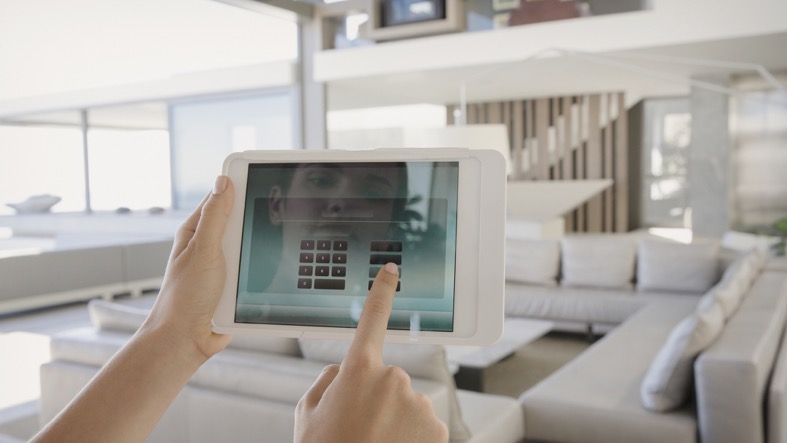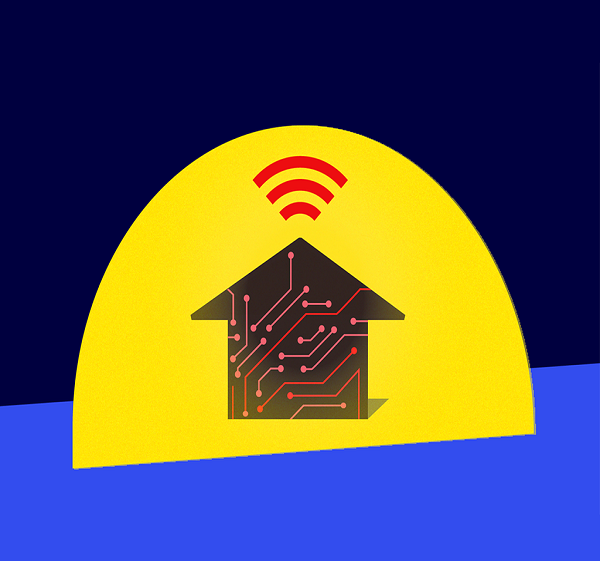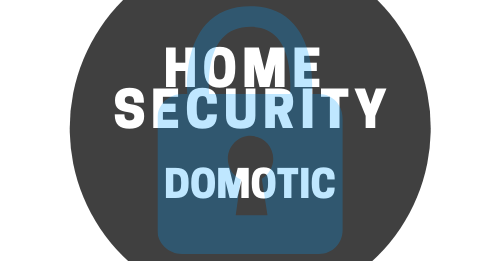Tips in Protecting Your Home From Being Hacked

If you are someone who has been watching those crime series like NCIS, FBI, or Criminal Minds, well good to know you, I am also like you, and I recently watched an episode of one of these above series, and it got me worried. There was a scene in the series where the home security system got override by some hackers, and many things happened after that. Then, I asked myself the question, “are we secured with these new security systems being introduced?” Well, that’s why I am writing this blog to help you know the answer to my question. So here we go!

In the modern home, everything from the TV, phone, tablet, fridge, or doorbell is connected to the internet. These devices are great for general convenience, but unfortunately, this inter-connectivity can increase the chances of our devices being hacked. It is estimated that 80% of a smart home device is vulnerable to attack, and the reality is that every device has a network capability in your smart home that can be compromised. A burglar can hack into your security system, deactivate the alarm, enter your home and get away with the goods without leaving a trace. Hackers can easily gain access to the control of surveillance camera feeds and deactivate the system. Luckily, few simple tricks can prevent burglars from hacking your security system, here they are:
Protect your network – One of the things that makes a smart-home device smart is the ability to connect over your home’s WiFi network, that’s why you must secure it properly. If you don’t protect your WiFi network with a password or you use only the default password that came with it, then all of your devices are exposed. It is the digital equivalent of letting your front door wide open. Lock your network down with a password that is unique and not shared with any other accounts you have. You can also hide your home network from view, an option in your router’s settings menu. Add another layer of protection by isolating your smart-home devices from your computers and smartphones using a guest network, the common option in popular routers.

Use unique passwords for everything – Most people, I know, are so predictable as they make the mistake of using the same username and password combination on multiple devices or accounts. (I am one of them) It is important that you keep unique passwords for everything, including shopping sites you visit, the services you use, your home network, and each of your smart-home devices. If you don’t remember all those passwords, then you can use a password manager that keeps track of all your passwords across all your devices.
Install a system with encrypted signals – It is recommended to purchase a wireless home security system as it has encrypted signals. Be sure to choose a system that has an encrypted signals. Opt for additional tamper resistance features. The most secure type of encryption to use for your home network is WPA2. If you have older devices that are up to 10 years old, they may not be compatible with WPA2, so it will be vital to upgrade your home devices for enhanced security and performance.

Use famous brands – Always go with a trusted brand when choosing a smart home device as they are known for added protection. The more prominent brands will tend to take the security of their products more seriously and invest more time into ensuring the security features that are incorporated into the manufacturing and design of the product. These famous brands release software updates regularly to prevent hackers from being able to exploit vulnerabilities within the device.
Daily Software Update – Well-known firms can contain vulnerabilities in their software that hackers can exploit. It is essential to know that some devices do not have the option of an auto-update, to update the software to ensure your devices are protected manually. Every user should have this habit of visiting the manufacturer’s website or check the app connected to their device for any updates.

Kill the bugs – Modern technology is impressive, but we all know that mistakes do happen. One of the most common ways hackers target smart devices is by exploiting a vulnerability missed by the software developer. Fortunately, this is also one of the easiest issues to address – simply update the device. Maybe think twice before clicking ‘ask me later’ the next time an update notification appears on your phone or laptop. There are bigger bugs to fry.
Remove or disable unnecessary features – Smart devices are full of features that sometimes are of no use and often enabled by default. These features can be risky as hackers can get through your system through this. Remote access is an excellent example of something that may be surplus to requirements. Check before you disable anything!
These tips and tricks can help you outsmart hackers and minimize the risk of hacking. Merely, installing a security system isn’t enough to keep your home safe. It is your responsibility to update the system regularly, check for flaws and implement necessary preventive measures.
